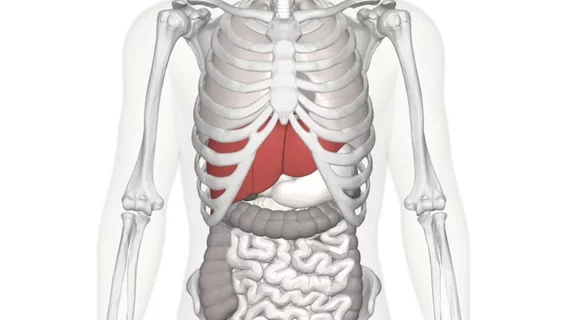There has been no research into the performance of the ACR Liver Reporting and Data System (LI-RADS) for diagnosing hepatocellular carcinoma (HCC) on ultrasound. New research into this has found promising results.
John D. Millet, MD, MHS, with Michigan Medicine in Ann Arbor and colleagues studied more than 2,000 patients across five institutions and found US LI-RADS emphasized sensitive and negative predictive value, “key characteristics of a screening test.” They shared their research in the Journal of the American College of Radiology.
A 2017 update to LI-RADS included an algorithm for HCC screening and surveillance on ultrasound. While HCC remains the sixth most common cancer and second most common cause of cancer mortality worldwide, the clinical performance of US-LI-RADS for diagnosing the disease has yet to be studied.
Millet et al. retrospectively analyzed 2,050 patients at high risk for HCC (mean age 57.7 years) who had undergone screening liver ultrasound from January 2017 to February 2018. All patients had been assigned US LI-RADS observation categories and visualization scores. The team reviewed ultrasound reports and patient records and recorded follow-up imaging and/or pathologic reports.
Cirrhosis was the most common indication for HCC screening at 51.4%, followed by noncirrhotic hepatitis B virus (27.1%) and noncirrhotic hepatitis C virus (11.4%). About 90% of US LI-RADS exams were negative (assigned US-1), another 5% as subthreshold (US-2) and 5% were positive (US-3).
Visualization scores were “diagnostically acceptable,” in most cases. Overall, the ACR’s scoring system implemented in 2017 emphasized sensitivity and negative predictive value, which is what clinicians look for in a screening test, the authors noted.
“US LI-RADS demonstrated promising clinical performance at multiple medical centers in its first year of use,” Millet and colleagues wrote.
Despite several limitations, such as the inclusion of nearly 50% of patients without liver conditions universally included in screening guidelines, the researchers argued their study offers a “realistic glimpse” into the population undergoing HCC screening in the U.S.
“US LI-RADS provides a standardized framework for optimizing interpretation and reporting of ultrasound examinations for HCC screening and surveillance and can serve as a basis for much needed prospective clinical studies on the efficacy of ultrasound for HCC screening and surveillance,” the group concluded.

